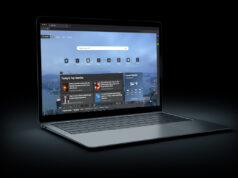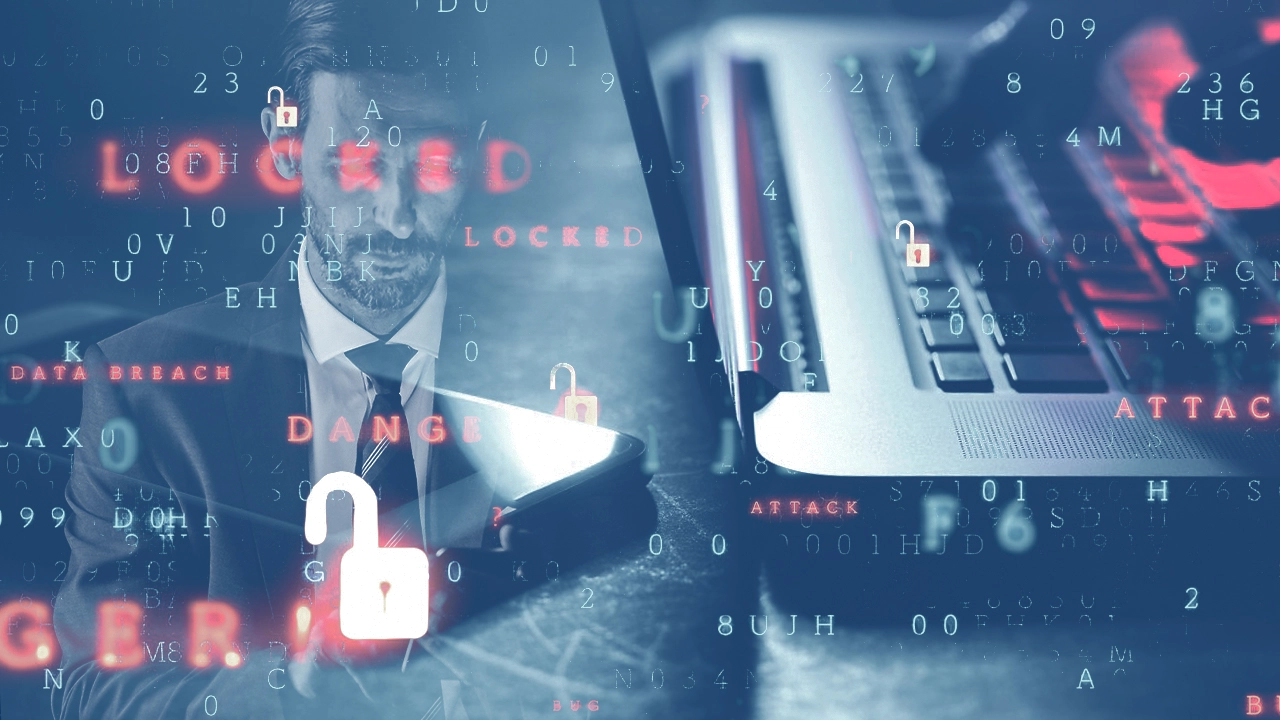
Recently, cybersecurity has been a significant issue for businesses, government agencies, and society. With the constant rise of attacks by hackers and other malicious individuals, there is more awareness of cyber security than ever before. They are starting to realize the amount of damage that a breach can cause. There are many different types of attacks, from SQL injections to ransomware. It is essential to plan and think about how you could prevent these in your business or organization.
Top 5 Cybersecurity Attack
1: Malware
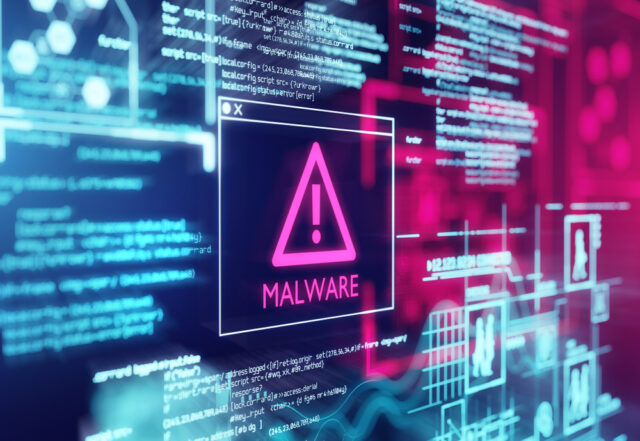
A form of attack carried out by malicious computer software is often called a Wiper. The system’s infection is achieved through an email attachment or a website pop-up. It is possible to install malware that blocks specific applications like Anti-Virus and Mail Server and will also lock down the server with a keystroke logger. Cybercriminals can also take control of the PC and make changes to files or delete information.
2: Phishing
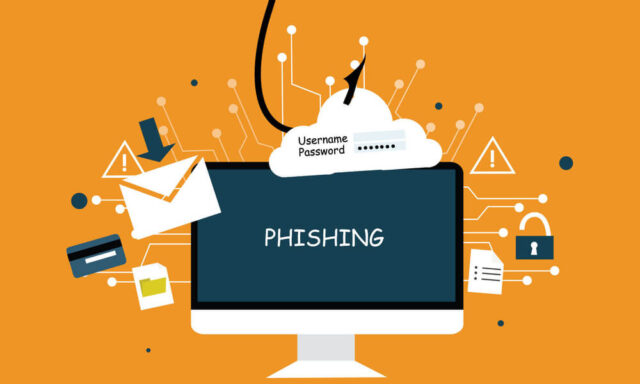
The method used to extract sensitive information from unsuspecting victims disguised as a trustworthy entity in an electronic communication. It is usually accomplished by sending an email that appears to be from a legitimate source that requests specific information such as logins or credit card numbers. The scammer will entice the user with a false sense of urgency for the information and provide a link to what appears to be the legitimate site. This communication can take place through text, email, and phone calls. After entering the information, the user will be directed to a web page where they will provide them with a link to download an application or file.
3: Spyware
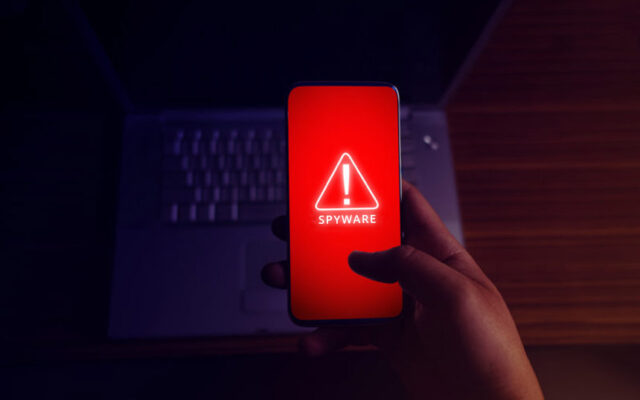
Spyware is a type of malware collected from the internet or a computer. It is a small program that collects information about an individual and can send it to a computer of the attacker’s choice. Spyware programs use email notifications to tell the attacker what information was accessed and provide updates when other access is made. It is also possible that they could use a malicious program to shut down and steal sensitive information from your computer.
4: Ransomware
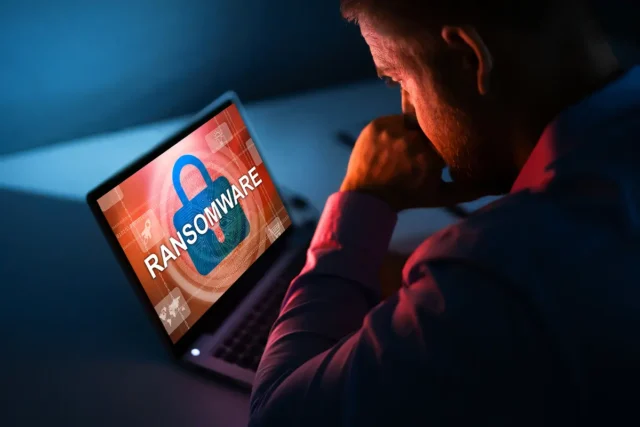
It is a form of malware that locks users out of their systems, rendering them unable to access information or the internet. Hackers encrypt the files and have instructions on how to get into the systems and retrieve them. They often threaten to make the files utterly inaccessible unless a ransom is paid. Ransomware will infect computers through emails, pirated software, and infected websites.
5: Social Engineering
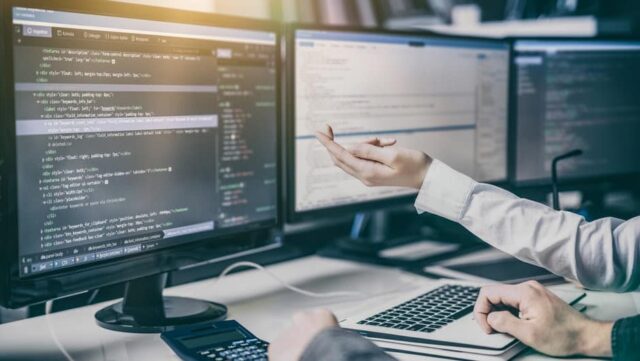
Hackers will access a user’s account in social engineering to intercept sensitive information. They then use that information to gain unauthorized access. It is also used to extract personal information and prevent identity theft. However, they may use it in other ways, such as stealing private information or invading computers by using viruses and Trojans. Security software cannot protect you from this type of attack, so you will have to be extra careful about your passwords and login details.
6 Ways to Prevent These Cybersecurity Attacks
1. Antivirus
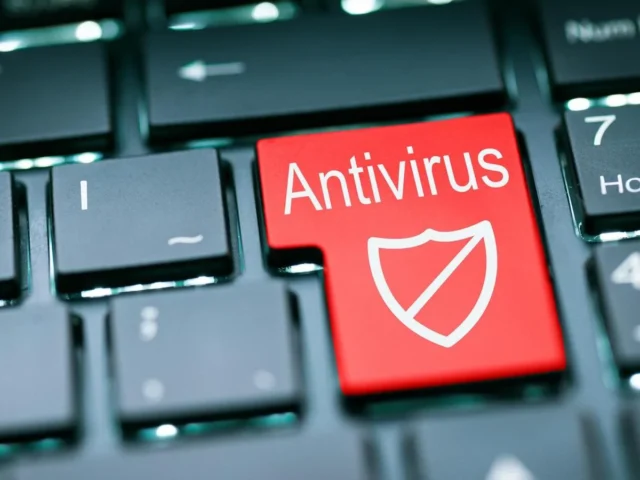
It is always good to have an antivirus installed on your computer. The definition database is updated regularly, which means that you will be protected from new viruses. It is also possible to change permissions so that an outsider cannot change files. It makes it harder for hackers and malware to get into your system. If the application needs updating, it will pop up a box and ask you if you want to install the updates or not.
2. Anti-spam
An anti-spam program can be downloaded from the internet and installed on your computer. The application will email the spam to a particular mailbox, monitored by the program, and helps protect you from receiving unwanted emails. Your business must have an anti-spam program, making it difficult for hackers to access your system through email. If your business does not have an anti-spam plan, it is possible to hire someone who can do this for you.
3. Firewall
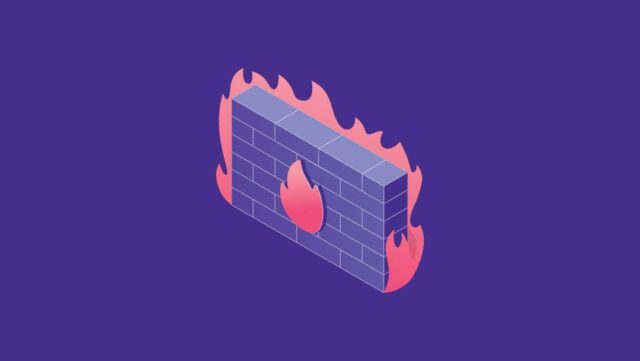
A firewall is a protection measure that surrounds a network or computer system and keeps unauthorized users away. It monitors the network traffic and allows only authorized information to pass through the network. If a hacker tries to get into your system, it can detect the intrusion and alert you.
4. Virtual Private Network (VPN)
A VPN is a way that people can use to send information over networks such as the internet securely. It sends all traffic through encrypted channels, making it impossible for someone to read what you are sending. It is beneficial in countries where censorship is expected, with a VPN available.
5. Multi-Factor Authentication
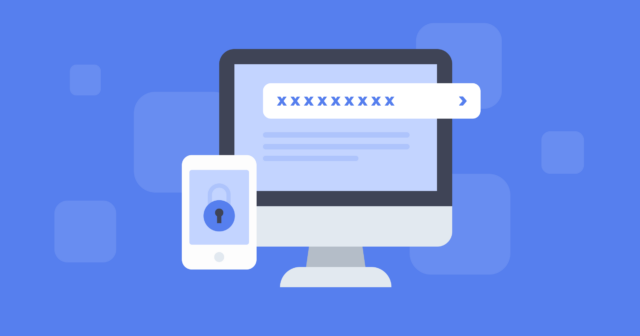
Multi-factor authentication is a type of security process that requires the user to have multiple types of identification. They will need more than one part of the puzzle to access your accounts. It makes it impossible for hackers to gain unauthorized access and helps ensure the safety of your information.
6. Password Management
Passwords are crucial when it comes to protecting your computer and data. Without a strong password, you can get locked out of your system, which can be inconvenient for you and your business. There are tools available that can help you with solid password management. If you need help with this, you can find someone at your local computer store or hire someone to do it for you.
Effects of These Cybersecurity Attacks
Cyber-Terrorism
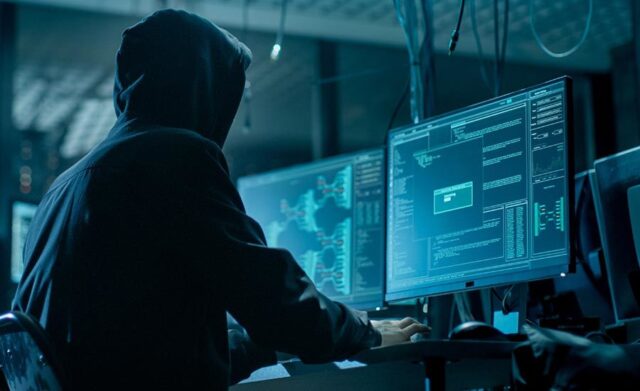
Cyberterrorism is a form of terrorism that uses the internet to attack a target. They will launch attacks that cause death, injury, or property damage. They can do this because they target an individual or small groups of people. They can make cyber attacks without anyone noticing until it is too late. It makes it easier for them to conduct their activities without being noticed.
Hacking
Hacking uses computers to gain access to information without permission or a user’s knowledge and is also known to steal and reveal sensitive information for personal gain or political reasons. They use it in different government sectors, such as defense, space, science and technology, and transportation.
Malicious File Sharing
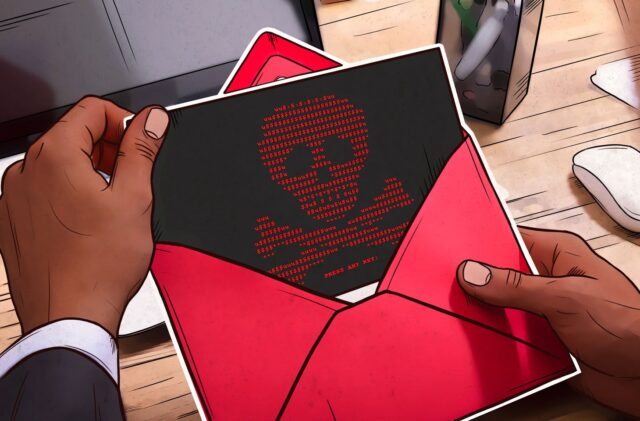
Malicious file sharing is when hackers get all of the necessary information they need before they launch their attacks on your computer system. It would include obtaining the username and password for your system and any users you have set up. Once they have this information, they can gain access to all of the files on your computer. They will also be able to collect information such as transactions, emails, and other personal data.
Modification of Data
In a modification of data, hackers will change information from the source. They can do this without anyone knowing about it until it is too late. The information may be falsified or modified to cause harm or to cause other problems for the network or system. They can use this security attack because it allows them to get away with their actions, as there are no witnesses when these things happen.
Cybersecurity is critical when it comes to protecting your data and information. If you are not careful, this kind of attack can affect your business and its financial assets. Cybersecurity threats are growing every day, so staying up to date on everything is essential. The best security option for you depends on the type of business you have and the nature of the threats facing your network or system. You can also hire a managed IT service provider to handle all of this for you if you need a more robust system of monitoring and protection. A good example of one is MyTek, if you are in the Phoenix metro area we suggest you give them a call.



